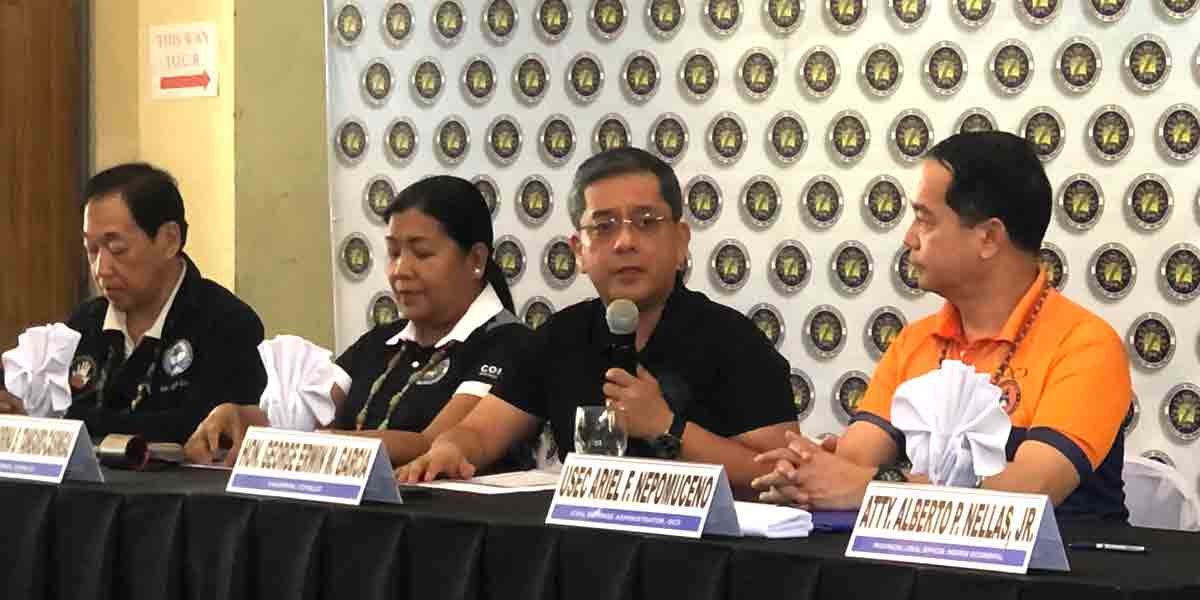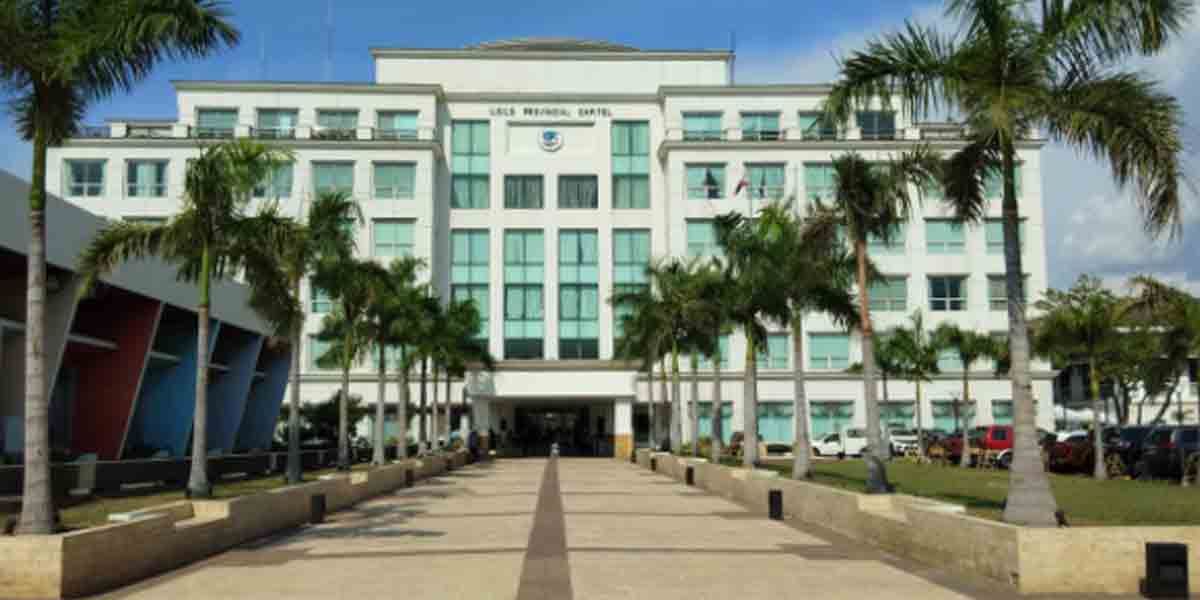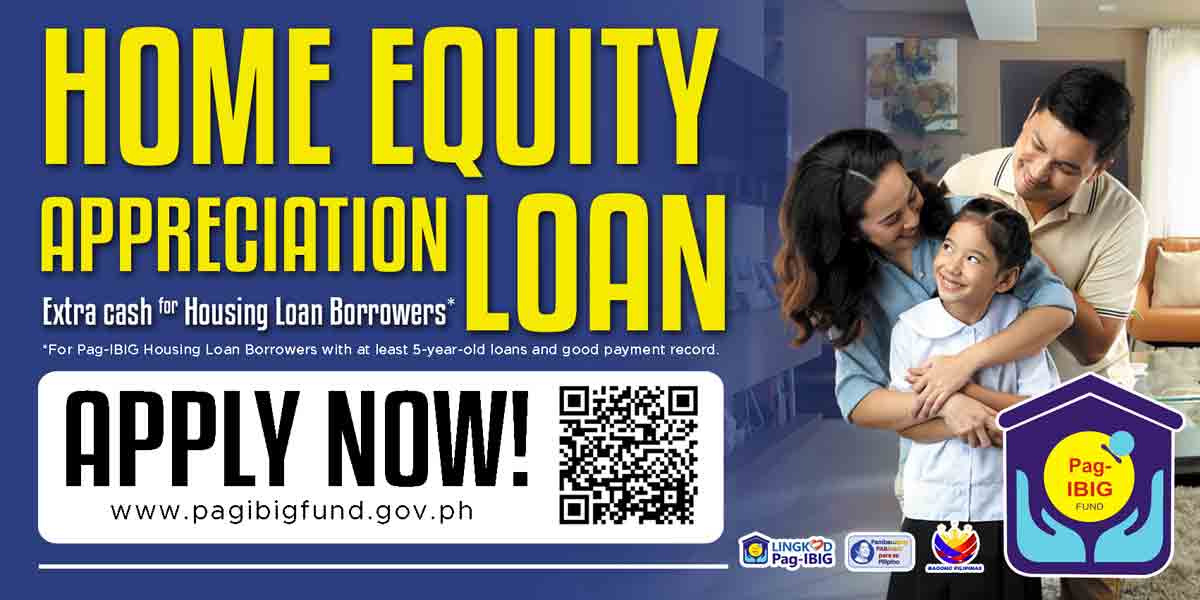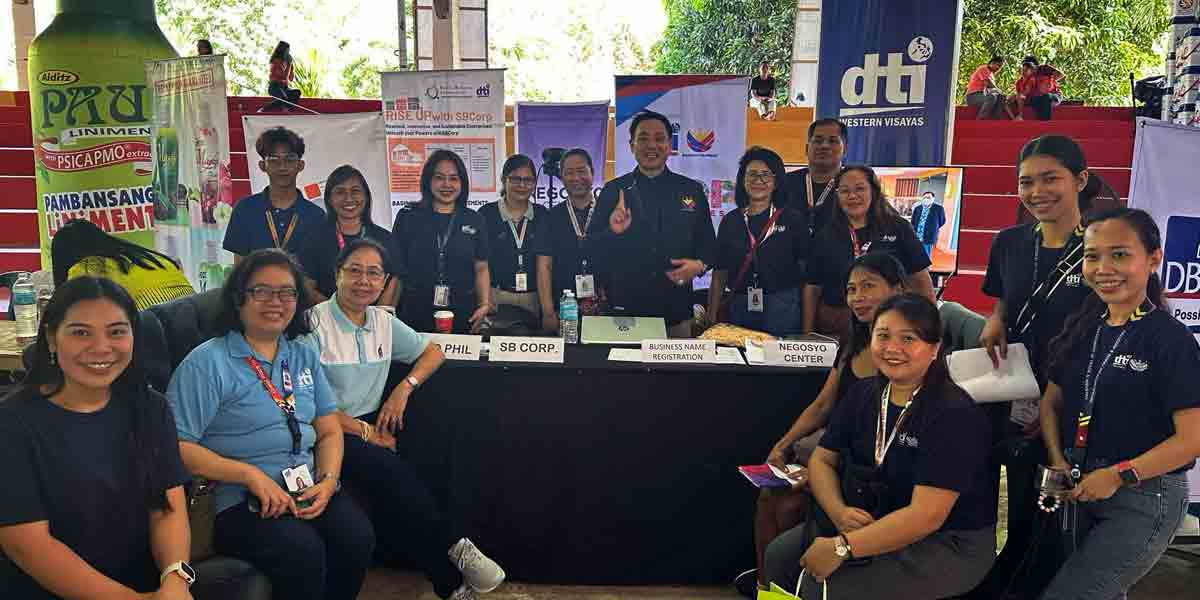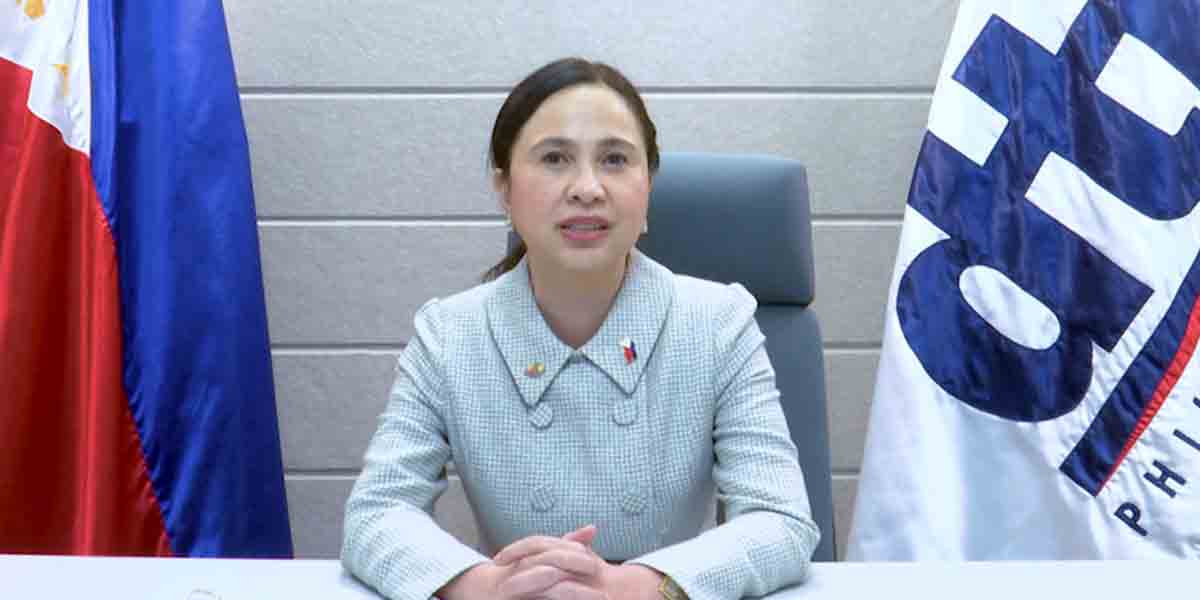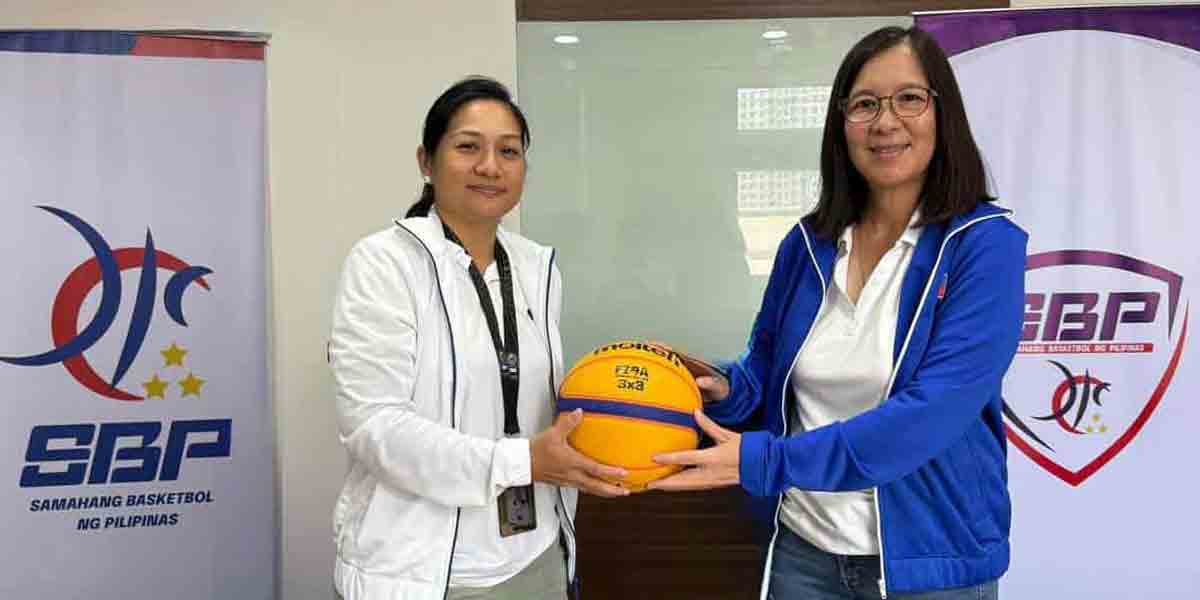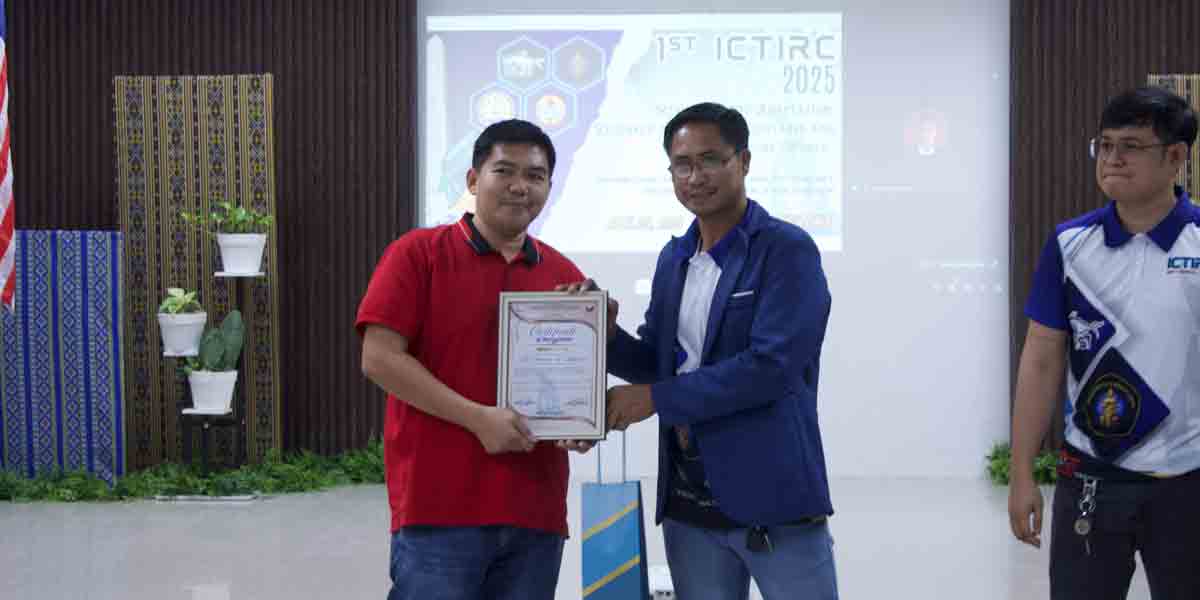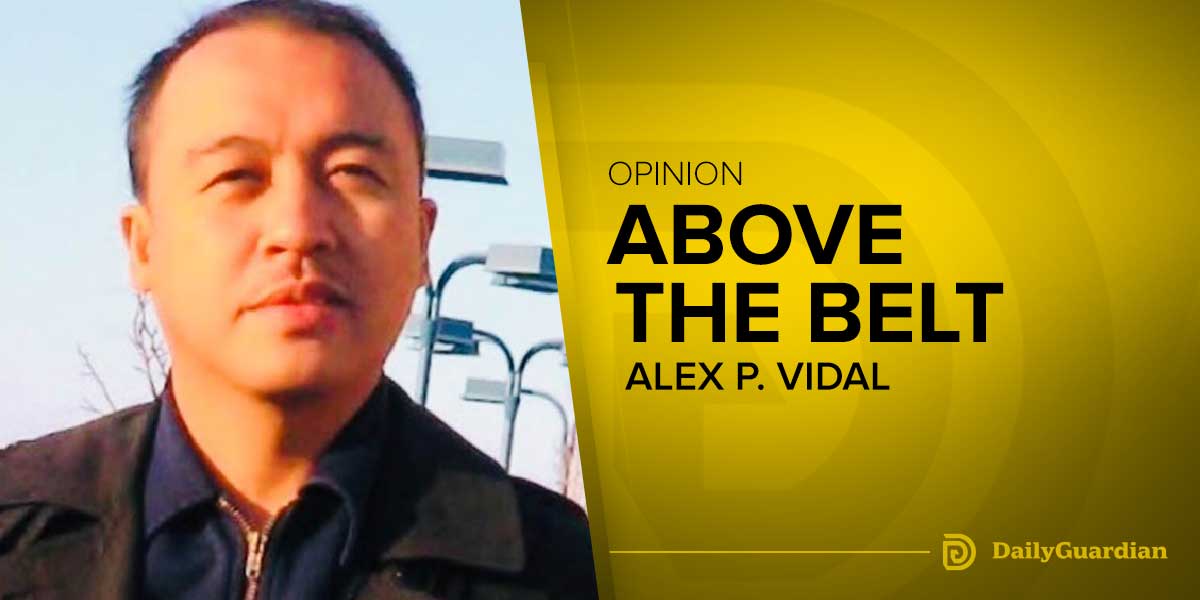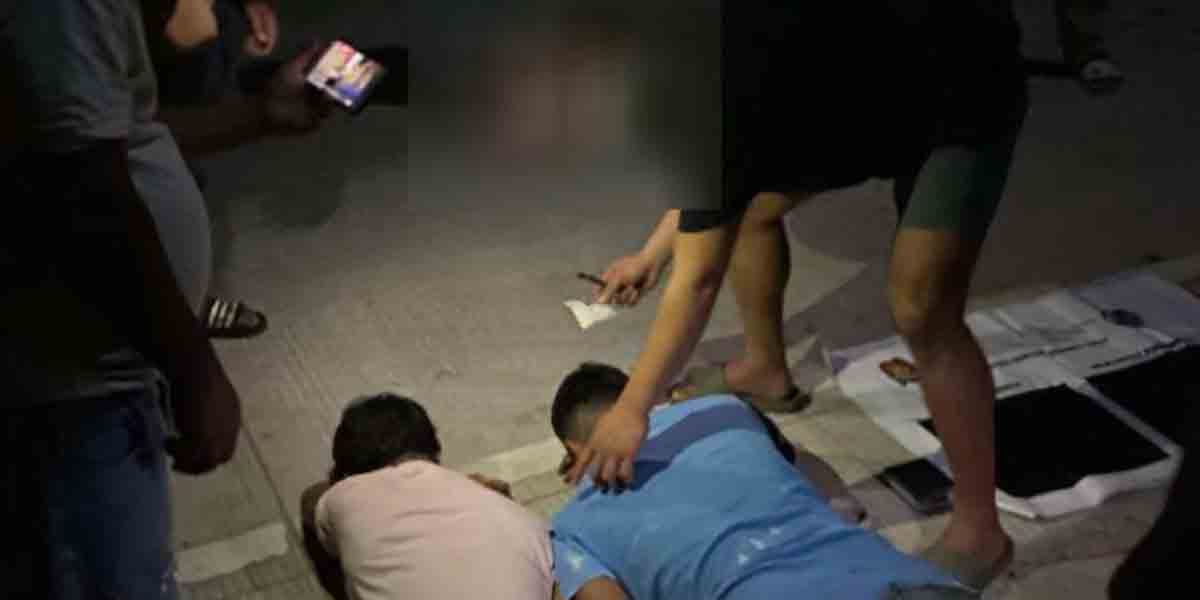By Bonnie Ladrido
A wise man once shared with me the observation that if everything that Filipinos have written about anything actually happened, we would have been a developed country a long time ago. Many of us may also be familiar with the wisecrack about the Philippines having all the laws that we need, we just need to implement them.
Republic Acts, Implementing Rules and Regulations, Development Plans, Roadmaps, Administrative Orders et cetera, et cetera. We seem to have everything for anything under the sun. What we don’t have are the supposed fruits of all these written nuggets of wisdom.
Many fall way short of the written objectives, many never get off the ground and many, many more die in committees and the dreaded “technical working group”. We can’t even blame the lack of funding for many of these programs are amply funded. We can’t blame corruption for how do you create the opportunity for corruption when there is nothing to be corrupted over.
So stands the state of the Disaster Risk Reduction Management environment in the Philippines.
Evolution of DRRM
The framework of DRRM in the country is anchored on the Philippine Disaster Risk Reduction and Management Act of 2010 (Republic Act 10121). This law has done a lot of good things in organizing things. It has created a structure for coordinating DRRM initiatives and activities, institutionalized the National Disaster Risk Reduction and Management Plan, and created protocols and procedures as a guide to actions, among other things. Many of the good things end here.
Other than Section 3 (Definition of terms) of RA 10121, the longest section of the law is Section 12. And what is Section 12? Section 12 is the part under the heading, Local Disaster Risk Reduction and Management Office (LDRRMO).
Section 12 is comprised of 844 words befitting its importance in the success of and meeting the objectives of the law.
Section 12 reads as follows:
“Section 12. Local Disaster Risk Reduction and Management Office (LDRRMO).
- There shall be established an LDRRMO in every province, city and municipality, and a Barangay Disaster Risk Reduction and Management Committee (BDRRMC) in every barangay which shall be responsible for setting the direction, development, implementation, and coordination of disaster risk management programs within their territorial jurisdiction.
- The LDRRMO shall be under the office of the governor, city, or municipal mayor, and the punong barangay in case of the BDRRMC. The LDRRMOs shall be initially organized and composed of a DRRMO to be assisted by three (3) staff responsible for: (1) administration and training; (2) research and planning; and (3) operations and warning. The LDRRMOs and the BDRRMCs shall
organize, train, and directly supervise the local emergency response teams and the ACDVs.
- The provincial, city and municipal
DRRMOs or BDRRMCs shall perform the following functions with impartiality given the emerging challenges brought by disasters of our times:
- Design, program, and coordinate disaster risk reduction and management activities consistent with the National Council’s standards and guidelines;
- Facilitate and support risk assessments and contingency planning activities at the local level;
- Consolidate local disaster risk information which includes natural hazards, vulnerabilities, and climate change risks, and maintain a local risk map;
- Organize and conduct training, orientation, and knowledge management activities on disaster risk reduction and management at the local level;
- Operate a multi-hazard early warning system, linked to disaster risk reduction to provide accurate and timely advice to national or local emergency response organizations and to the general public, through diverse mass media, particularly radio, landline communications, and technologies for communication within rural communities;
- Formulate and implement a comprehensive and – integrated LDRRMP in accordance with the national, regional and provincial framework, and policies on disaster risk reduction in close coordination with the local development councils (LDCs);
- Prepare and submit to the local sanggunian through the LDRRMC and the LDC the annual LDRRMO Plan and budget, the proposed programming of the LDRRMF, other dedicated disaster risk reduction and management resources, and other regular funding source/s and budgetary support of the LDRRMO/BDRRMC;
- Conduct continuous disaster monitoring and mobilize instrumentalities and entities of the LGUs, CSOs, private groups and organized volunteers, to utilize their facilities and resources for the protection and preservation of life and properties during emergencies in accordance with existing policies and procedures;
- Identify, assess, and manage the hazards vulnerabilities and risks that may occur in their locality;
- Disseminate information and raise public awareness about those hazards. vulnerabilities and risks, their nature, effects, early warning signs and countermeasures;
- Identify and implement cost-effective risk reduction measures/strategies;
- Maintain a database of human resource, equipment, directories, and location of critical infrastructures and their capacities such as hospitals and evacuation centers;
- Develop, strengthen, and operationalize mechanisms for partnership or networking with the private sector, CSOs, and volunteer groups;
- Take all necessary steps on a continuing basis to maintain, provide, or arrange the provision of, or to otherwise make available, suitably trained and competent personnel for effective civil defense and disaster risk reduction and management in its area;
- Organize, train, equip and supervise the local emergency response teams and the ACDV s, ensuring that humanitarian aid workers are equipped with basic skills to assist mothers to breastfeed;
- Respond to and manage the adverse effects of emergencies and carry out recovery activities in the affected area, ensuring that there is an efficient mechanism for immediate delivery of food, shelter and medical supplies for women and children, endeavor to create a special place where internally displaced mothers can find help with breastfeeding, feed and care for their babies and give support to each other;
- Within its area, promote and raise public awareness of and compliance with this Act and legislative provisions relevant to the purpose of this Act;
- Serve as the secretariat and executive arm of the LDRRMC;
- Coordinate other disaster risk reduction and management activities;
- Establish linkage / network with other LGUs for disaster risk reduction and emergency response purposes;
- Recommend through the LDRRMC the enactment of local ordinances consistent with the requirements of this Act;
- Implement policies, approved plans, and programs of the LDRRMC consistent with the policies and guidelines laid down in this Act;
- Establish a Provincial / City / Municipal / Barangay Disaster Risk Reduction and Management Operations Center;
- Prepare and submit, through the LDRRMC and the LDC, the report on the utilization of the LDRRMF and other dedicated disaster risk reduction and management resources to the local Commission on Audit (COA), copy furnished the regional director of the OCD and the Local Government Operations Officer of the DILG; and,
- Act on other matters that may be authorized by the LDRRMC.
- The BDRRMC shall be a regular committee of the existing BDC and shall be subject thereto. The punong barangay shall facilitate and ensure the participation of at least two (2) CSO representatives from existing and active community-based people’s organizations representing the most vulnerable and marginalized groups in the barangay.”
If you read through all that, congratulations! If you skipped through all that, the point is this – RA 10121 asks a lot of Local Governments – and rightly so.
Policies and protocols can only do so much. Actions are done at the LGU level. The question is – how many of those 25 functions listed have or are actually being done on a consistent basis?
Now, there is actually an assessment and evaluation program being run by the DILG called Gawad Kalasag to acknowledge Local Disaster Risk Reduction and Management Councils (LDRRMC) in terms of their compliance with their mandates. Of the 1,642 cities and municipalities in the country, 979 were cited as either Beyond Compliant (256) or Fully Compliant (723) in 2023. It is difficult to imagine that 60% of all LDRRMCs would be, at the minimum fully compliant with the 25 strictures of the law until you look at the criteria and you realize that the (1) it relies on self-assessment by the LDRRMCs themselves; and (2) the bar for compliance is quite low. I will leave it at that.
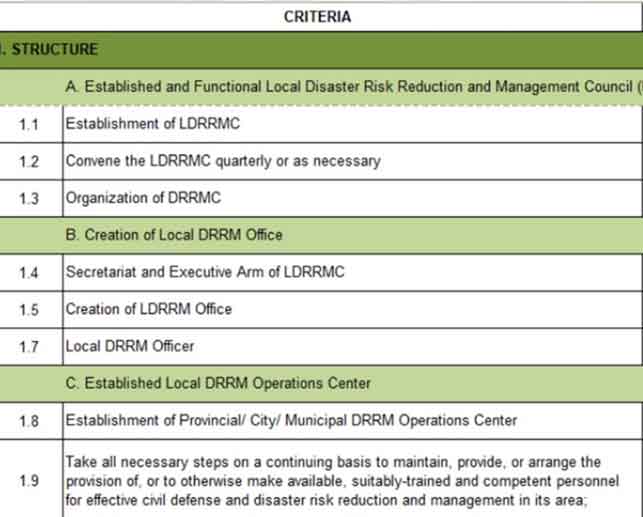
Source: Gawad KALASAG Seal for Local DRRM Councils and Offices (LDRRMCOs) CY 2021 Assessment Toolkit User Manual
Climate Change and Disaster Risk Reduction
For the most part, the concept and administration of DRRM has been subsumed as a component of Climate Change mandates. This was particularly emphasized with the passage of RA 10174 which established the People’s Survival Fund as well as amend RA 9729 (Climate Change Act of 2009). Unfortunately, the impact of this has not sunk in among many of our DRRM friends in local government.
Their office name notwithstanding (i.e. Disaster Risk Reduction), disaster response has and continues to be the guiding light that informs decisions and actions at the local DRRM level. Whether it be the choice of agency leaders, resource requests, training, and programs, the bias towards disaster response is palpable. This has to change.
The Way Forward: Changing Mindsets
LGUs should begin to change their understanding and agenda for DRRM towards a more encompassing viewpoint putting climate change mitigation and adaptation at the forefront. Beyond this, the bias for leadership roles should shift towards those with climate change knowledge and competencies. Current LGU DRRM agency heads should either equip themselves with new knowledge or give way to those who are more appropriately and adequately equipped with the competencies to tackle the complexities of the new paradigm.
LGU DRRM offices and professionals should proactively seek out ways to build up their agency capabilities anchored on the 25 mandates provided for in RA 10121. This should be coupled with a conscious understanding that the risk environment has changed. This calls for new programs and actions geared towards reducing and/or mitigating the impact of the clear and present risks brought on by climate change.
Substantial funding available
The good thing about the re-orientation towards climate change risks is that it has opened significant funding sources in the billions of pesos for programs and the procurement of resources for DRRM. The key is knowing where these funding sources are and how to access these.
Acting now
The impact of climate change is upon us and the time to act is now. DRRM should pivot its existence towards this new environment. There is no other choice as failing to do so would be an abdication of the reason for its existence – making communities more resilient and better able to mitigate the impact of disasters now present or forthcoming.
Bonnie Ladrido is the executive director of the Institute of Contemporary Economics, an Iloilo-based thinktank that aims to dissect and understand numbers and figures for the benefit of the public and policymakers.


